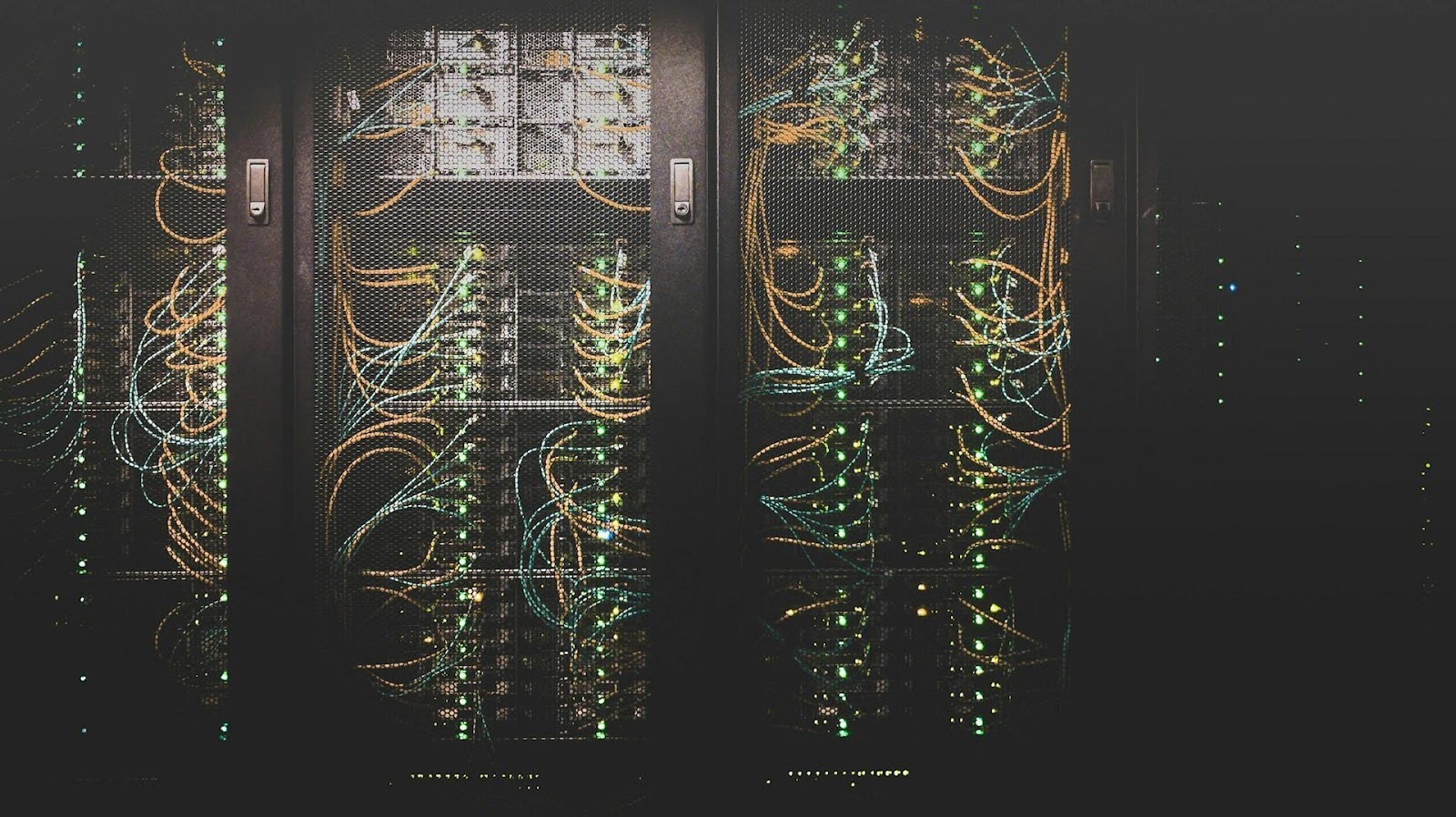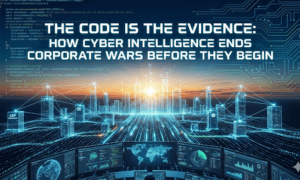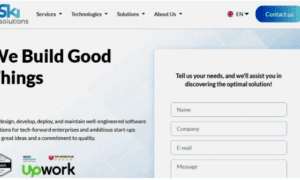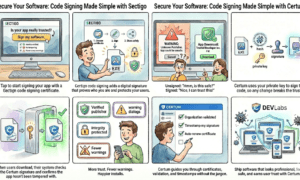Mainframes, though rarely in the spotlight, are essential to the daily operations of banks, insurance companies, governments, and hospitals worldwide. They process vast volumes of transactions with unmatched reliability, making them vital for mission-critical tasks. However, as organizations shift toward hybrid IT environments and cyber threats continue to rise, these aging systems face growing security risks. Today, companies must act—re-evaluating mainframe security not as a future concern, but as a current priority to safeguard their broader enterprise infrastructure.
Essential Yet Overlooked
Mainframes process billions of transactions per day across finance, healthcare, transportation, and government. An estimated 71% of Fortune 500 companies still depend on them to run core operations. Far from obsolete, the global market for mainframes is valued at nearly $2.9 billion and continues to grow at over 7.3% annually.
This sustained importance presents both opportunities and challenges. Their centrality makes them high-value targets for threat actors.
And while mainframes have robust, mature security controls built into platforms like z/OS and RACF, exploiting blind spots has become easier in environments where skills are thin, tooling is fragmented, and workloads span multiple domains.
The Talent Deficit That’s Compromising Security
One of the most urgent challenges is the widening skills gap. With many mainframe professionals nearing retirement and few newcomers entering the field, enterprises are losing not just labor but institutional memory. RACF permissions, group hierarchies, and SMF record interpretation: these aren’t just technical skills, they’re tribal knowledge.
The numbers are stark. Around 20% to 30% of mainframe positions remain unfilled. Nearly 80% of organizations say the skills shortage is already hurting business performance. And without deep RACF expertise, even basic security principles like least privilege can become difficult to enforce correctly.
Fragile Control in a Fragmented Environment
Mainframe environments have evolved beyond the walled-garden model. They now interoperate with cloud services, distributed applications, and APIs in complex, hybrid setups.
But legacy security tools often weren’t designed for this. They don’t integrate easily with modern SIEM platforms, privilege access management systems, or cloud-native controls.
This disconnect is more than a nuisance; it’s a vulnerability. Data flows that cross platform boundaries can evade detection. Logs exist in incompatible formats.
And inconsistent application of security policies across environments introduces real risk, especially when compounded by operational silos.
The Audit and Monitoring Dilemma
Mainframes generate rich telemetry, especially through SMF and RACF logs, but parsing it requires rare expertise. Without it, compliance with regulations like PCI DSS or GDPR becomes a manual, error-prone exercise. Audit trails fragment. Sensitive data remains unclassified. And proving that controls are working becomes a resource-intensive chore.
The Operational Weight of Complexity
Modern mainframes continue to evolve. IBM’s latest z-series models introduce pervasive encryption, specialized processors like zIIPs and zAAPs, and other high-performance features. But each enhancement adds configuration layers, permission sets, and interdependencies that must be managed correctly.
For already understaffed teams, this complexity is overwhelming. Security configurations can diverge across systems. Patching schedules slip. And operational shortcuts become tempting, weakening the security posture in subtle but systemic ways.
Moving from Legacy Thinking to Resilient Architecture
Securing mainframes today means rethinking traditional methods and aligning them with modern security practices to meet today’s complex IT demands.
Three areas stand out as pillars for moving forward:
1) Reinforce core controls: Implement encryption at rest and in transit. Enforce MFA, particularly for privileged access. Regularly review access permissions for alignment with least privilege.
2) Build real resilience: Disaster recovery isn’t just backups; it’s tested playbooks, risk assessments, and recovery drills. Shockingly, only 54% of organizations have a disaster recovery plan for their companies. That number needs to go up.
3) Tackle the talent gap deliberately: This means more than hiring. It involves cross-training internal teams, capturing documentation, modernizing tooling, and engaging outside partners. Partnering with firms like H&W solutions gives organizations access to specialized tooling and seasoned mainframe security talent resources that are increasingly hard to find in-house.
Automate Where Expertise Is Scarce
Where possible, automate access reviews, log parsing, and configuration checks. This allows human experts to focus on architectural strategy, not routine oversight. Integrating automation into compliance reporting can also reduce audit fatigue and improve accuracy.
Aligning Security with the Broader IT Stack
Security only works when it’s unified. Organizations must bridge mainframe controls with enterprise-wide security frameworks. That includes integrating identity and access management (IAM), PAM tools, SIEM systems, and cloud-native monitoring.
Most breaches today occur not because of a single point of failure, but due to weak links in an otherwise strong chain. Ensuring that mainframe systems are included in enterprise security analytics isn’t optional; it’s essential.
Use the Right Frameworks
Compliance mandates designed for distributed systems don’t always translate well to mainframes. Look for frameworks tailored to mainframe environments, like the FITARA Act for U.S. federal systems, to ensure guidance is applicable and effective.
A New Baseline for Enterprise Security
Mainframes remain a critical component of enterprise IT, and their growing integration into hybrid architectures has increased both their visibility and their exposure to security risks. What’s required now is a shift in mindset: treating mainframes not as legacy hardware to maintain, but as strategic platforms to secure, integrate, and evolve.
That means building security architectures that account for staff attrition, tooling mismatches, audit complexity, and hybrid threats. It means preparing for crises before they happen. And it means continuously reassessing policies and practices with a modern, enterprise-wide lens.
Because the threat landscape isn’t waiting for organizations to catch up.
Featured Image Credit



































